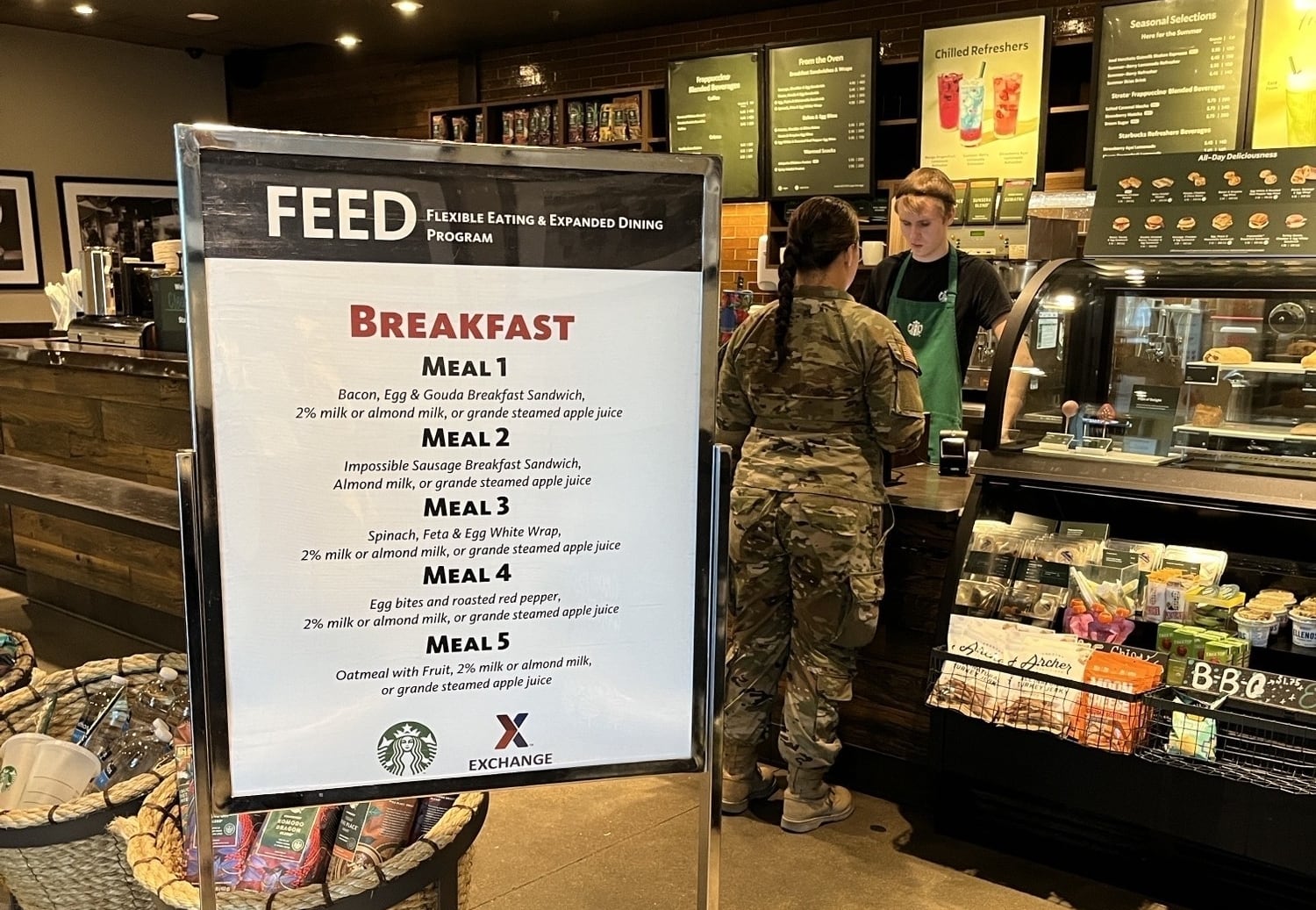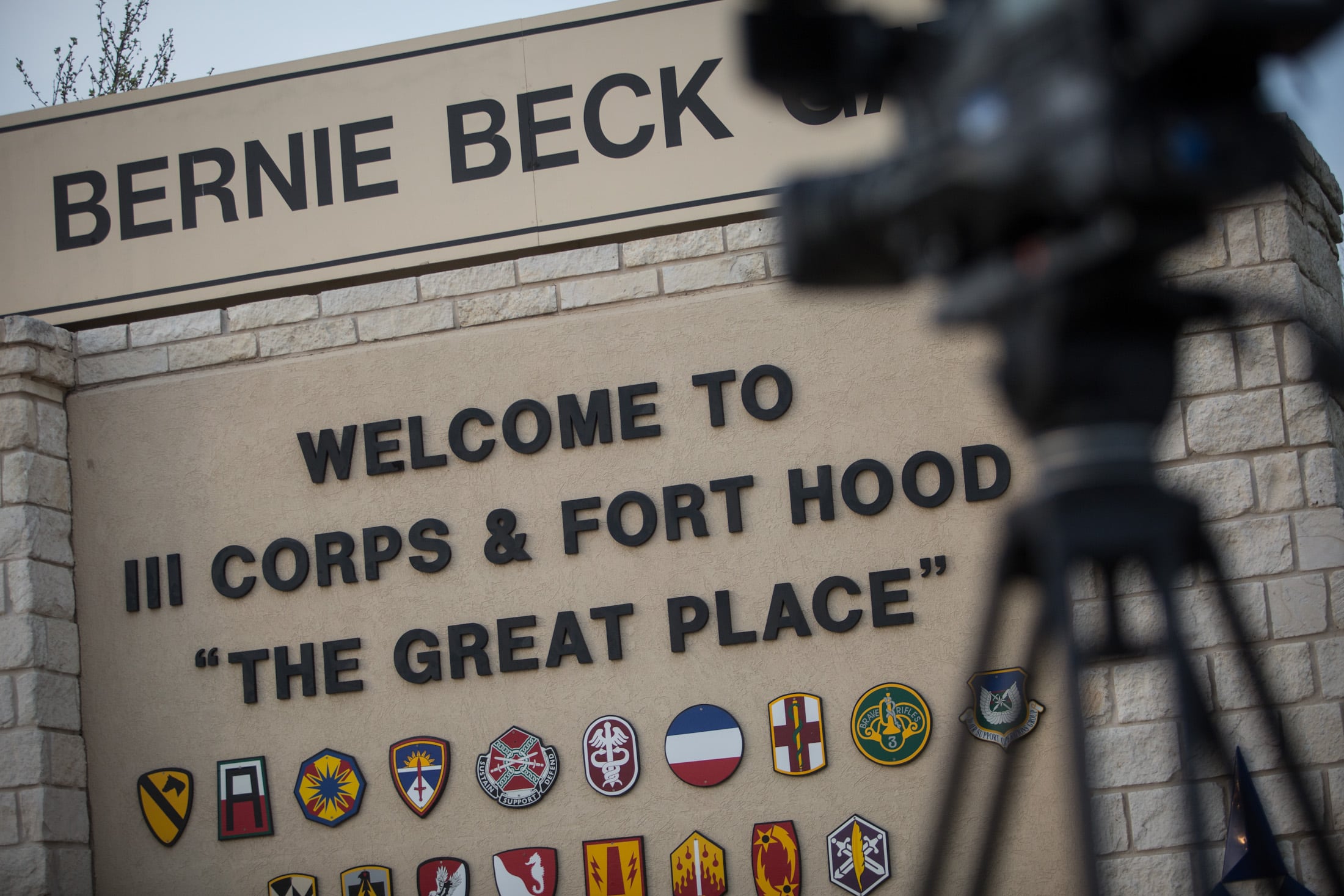The Navy will send 161 active, reserve and full-time support chief petty officers into retirement by the end of September.
That's the decision handed down by the latest Senior Enlisted Continuation Board, whose results were released to commands Jan. 27. It's the fewest number of mandatory retirements the forced-retire board has handed out since the board's first year in 2010, when 158 active-duty senior enlisted were retired.
The board reviewed the records of 7,017 retirement-eligible chiefs, senior chiefs and master chiefs and selected roughly 2 percent of them for involuntary retirement. Eligible chiefs had at least 19 years of service and three years time in grade for the so-called "quality cut" review.
"The chief's mess is the conscience of our Navy," said Vice Adm. Bill Moran, the chief of naval personnel. "This process helps ensure the highest standards are maintained in our senior enlisted ranks. Those who didn't meet the standards set for conduct or performance will be asked to retire, opening up opportunities for others to lead."
The numbers of those being sent home has declined for the second straight board since peaking in fiscal 2012, when 593 out of 7,684 chiefs were selected to retire. The service held a board each year from fiscal 2010 through 2013. The fiscal 2014 board was skipped because of scheduling conflicts.
"There's both good news and sad news in these results," Master Chief Petty Officer of the Navy (AW/NAC) Mike Stevens told Navy Times Jan. 27.
"It's sad that we have to say farewell to 161 shipmates who have served honorably for many years, but the positive sign is the decline in the overall numbers — even though we didn't hold this board last fiscal year."
There was uncertainty among the Navy's leadership as to what this year's board results might be. After a year off, some worried the board would force out more chiefs than in previous years.
"I believe that we are seeing signs of a culture change in our chief's mess," Stevens said in a phone interview Tuesday. "And though it's difficult to prove, I believe the effort we've put into training through CPO-365 has made us cautiously optimistic that significant strides have been made in setting the expectations for our Navy's chief's mess, and we're seeing that with not only these results but also a decline in overall misconduct among chief petty officers as well."
In 2009, then MCPON (SS/SW) Rick West started cracking down on chief petty officer misconduct, which at the time was on the rise.
Since then, MCPON's office has tracked incidents in the senior enlisted ranks. Stevens says he's not done extensive evaluation of the data, but noted that the numbers show an overall decline in the past couple years.
Though not directly related to the misconduct issue, the SECB was created around the same time to alleviate over-manning among retirement-eligible chiefs.
Some officials had advocated that the board use quotas to quickly cut over-manning, but the senior enlisted community convinced leadership that the board should be a pure quality cut, which looks for misconduct or declining performance..
In their precepts, board members are told to look for specific "indicators" of an issue in the past five years of a chief's career. In short, the board looks for dropping performance or misconduct in a sailor's record.
If that's found in a chief's record, the board deliberates on whether that chief stays or goes. Just because misconduct is found isn't a guarantee a sailor will be retired, as the board is directed to look deep and determine if that performance or misconduct is enough to send that sailor home.
Active-duty and full-time support senior enlisted sailors who are not being allowed to stay must transfer to the Fleet Reserve or retire by Aug. 31.
Reservists not selected to continue must transfer to the Retired Reserve (with or without pay) by Sept. 1.
Waivers are available if commanders can justify an operational necessity to keep the individuals in the ranks a little longer, though even if approved, waivers will only allow active sailors to stay until Nov. 30 and reservists to Dec. 1.
Because the board's results took longer to review and push out to the fleet, the deadline for submitting these operational waivers and retirement requests is March 15..
Mark D. Faram is a former reporter for Navy Times. He was a senior writer covering personnel, cultural and historical issues. A nine-year active duty Navy veteran, Faram served from 1978 to 1987 as a Navy Diver and photographer.





